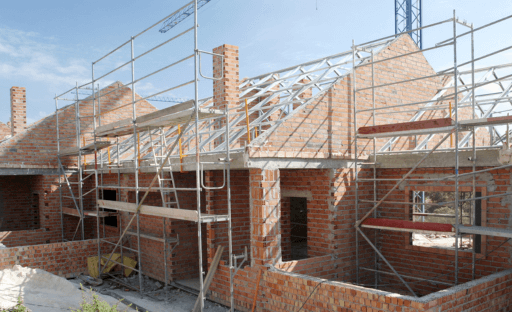The United Kingdom is in a dire housing situation
Demand requires 300,000 new homes per year but we are only currently building about 200,000 each year – this shortfall in supply has caused house prices to increase, making homeownership increasingly unaffordable and contributing to homelessness and overcrowding issues.
Factors contributing to a shortage of new homes in the UK include:
- The cost of construction is increasing, making new home builds increasingly expensive.
- Sophisticated workers are hard to come by in the construction industry.
- Furthermore, planning permission can often take an extensive period of time and effort.
The government has unveiled several steps to try and address the shortage of new homes, such as:
As more homes can be constructed on brownfield sites. Simplifying planning processes. And investing in training for construction workers – are all measures being implemented by the Government to address the lack of new homes in Britain. But only time will tell whether these steps will suffice to solve this crisis.
First-time buyers, families and older people all experience the impact of a shortage of new homes to an acute degree. First-time buyers struggle to save up for deposits, forcing them out of the market altogether; families find it challenging to find homes large enough for them and often end up living in overcrowded conditions; older adults struggle to downsize due to difficulty doing so and may stay living in overly large houses for too long.
There are a variety of potential solutions to the shortage of new homes, such as:
- Building homes on brownfield sites. Brownfield sites refer to previously developed land that has been abandoned or redeveloped and can be found in urban settings; this makes them ideal for building new houses without expanding into greenfield areas.
- Prefabricated construction has seen increased usage. Prefab homes use pre-made components assembled on-site, which speeds up construction while simultaneously cutting costs.
- Reform of the Planning System. The UK planning system can be complex and cumbersome, making obtaining planning permission for new homes both time-consuming and expensive. By simplifying and streamlining it, building homes could become simpler and faster.
The government can play an essential role in alleviating the shortage of new homes by offering financial incentives to builders, developers, and local authorities for developing them. Furthermore, reforming planning systems could make new home construction simpler and quicker.
As stakeholders who share an interest in new homes, various constituencies have an opinion about the lack of them: builders and developers are concerned about construction costs and skilled worker availability, while local residents worry about any impacts to their communities and housing associations focus on affordable housing shortages.

Matrix Structures‘ off-site panelised system may provide an effective answer to the housing shortage experienced in many communities today. This cutting-edge construction method streamlines the building process by producing customisable panels in a controlled factory environment, cutting costs and time while simultaneously reducing waste and environmental impacts.
Matrix Structures’ adaptive designs offer flexible, scalable, and sustainable living spaces for any range of housing needs. By adopting this advanced construction technique, we can rapidly accelerate the creation of eco-friendly housing that addresses urgent population demands while creating more equitable futures for all.
A shortage of new homes is a complex problem with no simple answers, yet action can still be taken to alleviate it. Government, builders, developers, local residents and housing associations all play their role in finding solutions for it.






